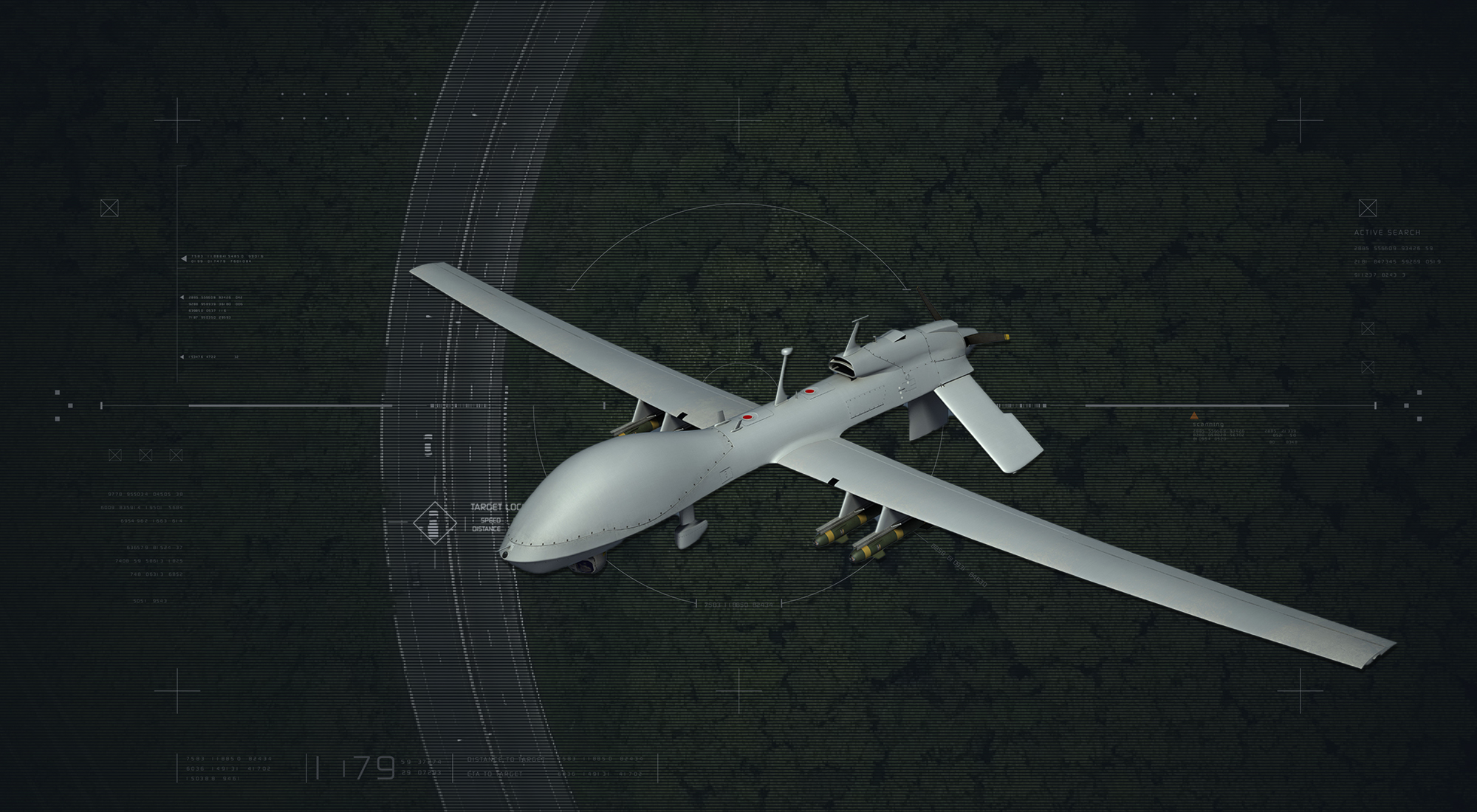A recent study by TRENDS Research and Advisory addressed the transformation being witnessed in battlefields due to drones, which have begun to play a pivotal role in modern conflicts.
The English-language study, titled “The Golden Age of Drones: Military UAV Strategic Issues and Tactical Developments” and authored by Pierre Boussel, a French researcher and associate fellow at the Foundation for Strategic Research (FRS), France, explains how the war in Ukraine constitutes a turning point in the use of drones, which have become an essential asset for the warring parties on both fronts.
The study indicates that the effectiveness of drones has prompted many armies to reconsider their combat doctrines, to regulate cooperation between soldiers and those machines. The study anticipates that future drones would witness tremendous development in terms of their small size, their capability to maneuver, their autonomous flight, their firepower, and their ability to return to their bases after completing the tasks.
The study also outlines the development of the use of drones according to the terrain of battlefields. It indicates that drones are effective in monitoring the movements and logistical boundaries of the enemy in desert areas, and that they also provide intelligence support in rugged mountainous areas.
On the other hand, the study indicates that drones are less effective in densely populated urban areas. However, it underlines their significant role in conventional warfare, as they provide infantry support and contribute to accurately identifying enemy positions.
The study warns that non-governmental armed groups also seek to benefit from this technology, as they are increasingly using drones for both intelligence gathering and offensive purposes.
The study concludes that drones will undoubtedly be a major asset on future battlefields, and that the drone industry will witness a fierce race between countries and companies to develop and produce the most effective drones.



